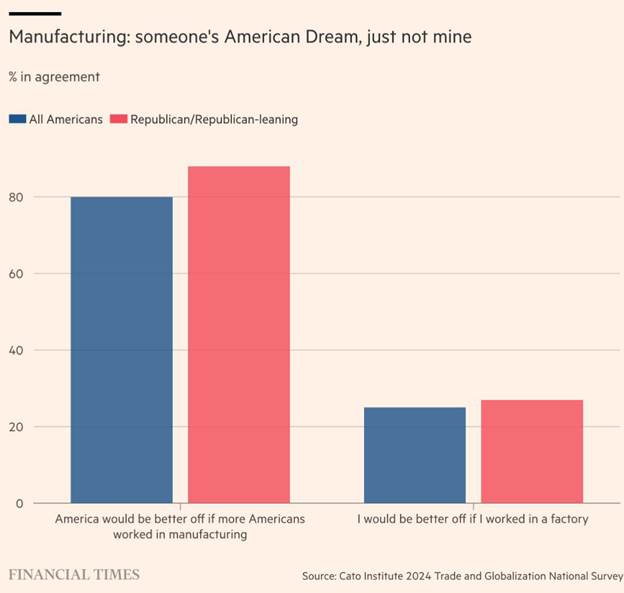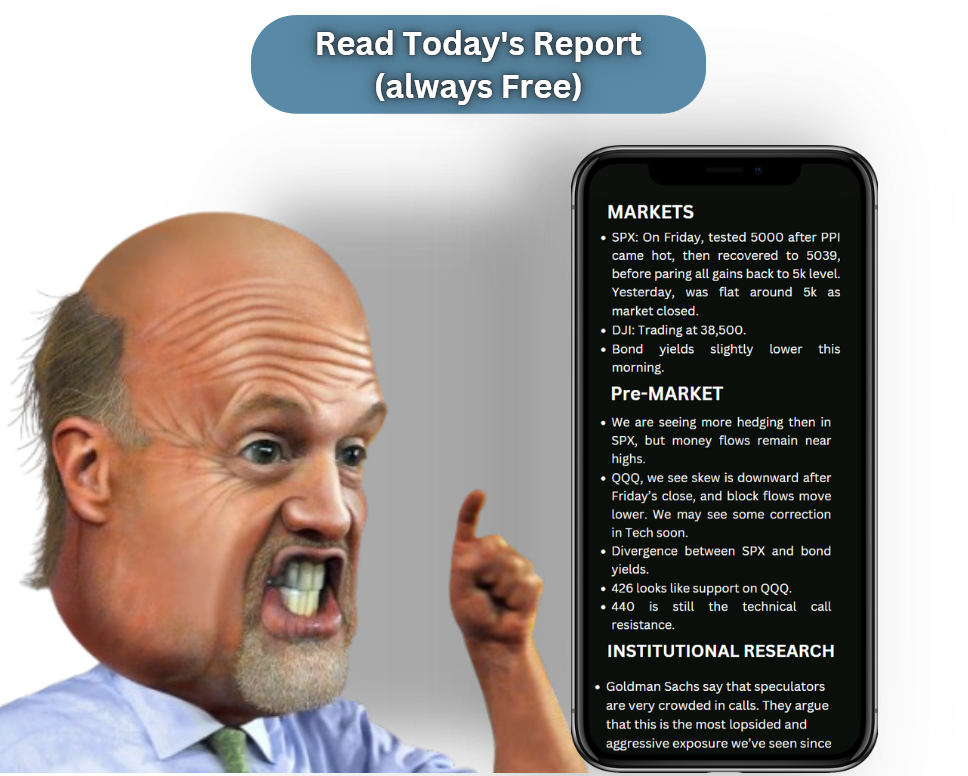Dollar Declines Amid Trade Tensions and Weaker Economic Data
The dollar index (DXY00) fell by -0.52% on Monday. Initially, the currency gained ground but reverted to losses due to economic concerns. The April Dallas Fed manufacturing survey revealed a general business activity index that dropped more than anticipated, falling to a five-year low. Additionally, worries surrounding the US-China trade conflict intensified as President Trump stated that the US would not reduce tariffs on China without “substantial” concessions from them. The dollar further weakened as the yield on the 10-year T-note declined to a 2.5-week low, affecting the dollar’s interest rate differentials.
At the start of the day, the dollar briefly gained some traction following comments from US Treasury Secretary Bessent. She indicated that the US is engaging in bilateral trade agreements with 17 key trading partners, excluding China.
The April Dallas Fed manufacturing survey showed a significant drop of -19.5 points to a five-year low of -35.8, compared to the expected -17.0.
Market participants are now estimating a 9% chance of a -25 basis point rate cut following the May 6-7 Federal Open Market Committee (FOMC) meeting, down sharply from a 30% chance last week.
Euro Gains Ground Despite ECB Concerns
The EUR/USD (^EURUSD) rose by +0.49% on Monday. The euro rebounded from earlier declines as the dollar weakened. Initially, it faced pressure due to dovish comments from members of the European Central Bank (ECB). Governing Council member Villeroy de Galhau stated that the ECB has the capacity to lower interest rates. Meanwhile, Council member Rehn pointed to potential downside risks in the ECB’s March inflation forecasts.
Rehn emphasized that US tariffs could lead to a decrease in the ECB’s inflation outlook, noting, “I find it reasonable to assume that there are downside risks to the inflation outlook in the ECB’s March projections.”
Swaps markets are currently pricing in a 100% probability of a -25 basis point rate cut at the ECB’s policy meeting on June 5.
Yen Rallies with Mixed Support
USD/JPY (^USDJPY) fell by -1.11% on Monday. The yen strengthened due to short covering ahead of Thursday’s Bank of Japan (BOJ) policy meeting. Additionally, lower T-note yields contributed to the yen’s support. However, a rally in the Nikkei Stock Index to a four-week high diminished demand for the safe-haven currency. Furthermore, the BOJ’s statement that it would maintain its bond purchase pace in May dampened speculation of any hawkish shifts in policy, negatively affecting the yen.
Mixed Performance for Precious Metals
June gold (GCM25) closed up +49.30 (+1.49%), while May silver (SIK25) fell by -0.005 (-0.02%). Precious metals experienced a mixed day, supported by a weaker dollar and falling T-note yields. Gold prices benefited from dovish ECB comments, with Villeroy suggesting room to lower interest rates and highlighting risks to the inflation outlook. Ongoing US-China trade tensions have increased demand for gold as a safe haven, while concerns about the geopolitical situation in the Middle East, including conflicts involving Israel-Hamas and the US-Houthi situation, have further bolstered interest in precious metals.
On the date of publication, Rich Asplund did not have (either directly or indirectly) positions in any of the securities mentioned in this article. All information and data are for informational purposes only. Please view the Barchart Disclosure Policy here.
The views and opinions expressed herein are those of the author and do not necessarily reflect those of Nasdaq, Inc.


